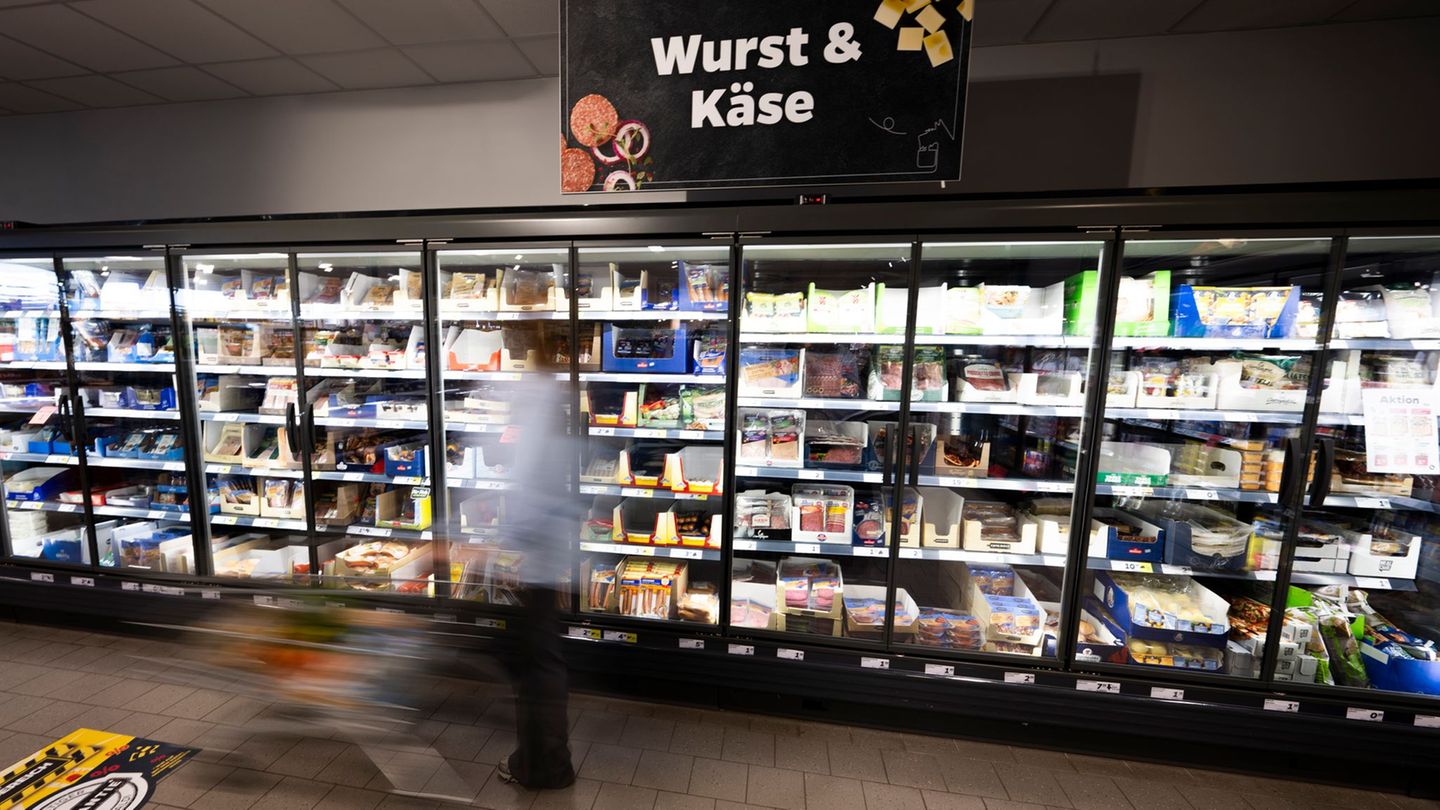Menu
Survey: Expensive food – consumers buy differently
Categories
Most Read
The Government declared the emergency for frost and hail in productions of Entre Ríos
October 3, 2025
No Comments
Buenos Aires monotributistas enter the single tax system since 2026
October 3, 2025
No Comments
Pension at the age of 63: Who can retire earlier?
October 3, 2025
No Comments
Retired attention! This supermarket offers exclusive discounts to save in October 2025
October 3, 2025
No Comments
Climate protests: Survey: Support for climate protection actions decreases easily
October 3, 2025
No Comments
Latest Posts

This is the bank that pays more interests this Friday, October 3
October 3, 2025
No Comments
October 3, 2025 – 10:56 The banks adjusted the rates of the fixed deadlines in the middle of the new measures of the Central Bank

Israel intercepts a new vessel of the humanitarian flotilla and begins to deport its occupants
October 3, 2025
No Comments
The Israeli army intercepted the last ship of the Global Sumud flotilla, an international mission that sought to break the Maritime block over Gaza To

Bitcoin exceeded US $120,000 and cryptocurrencies bet on a “uptober”
October 3, 2025
No Comments
October 3, 2025 – 10:08 The crypto market started with strength and the leading digital currency reached its highest peak since August. The operators trust
24 Hours Worlds is a comprehensive source of instant world current affairs, offering up-to-the-minute coverage of breaking news and events from around the globe. With a team of experienced journalists and experts on hand 24/7.

